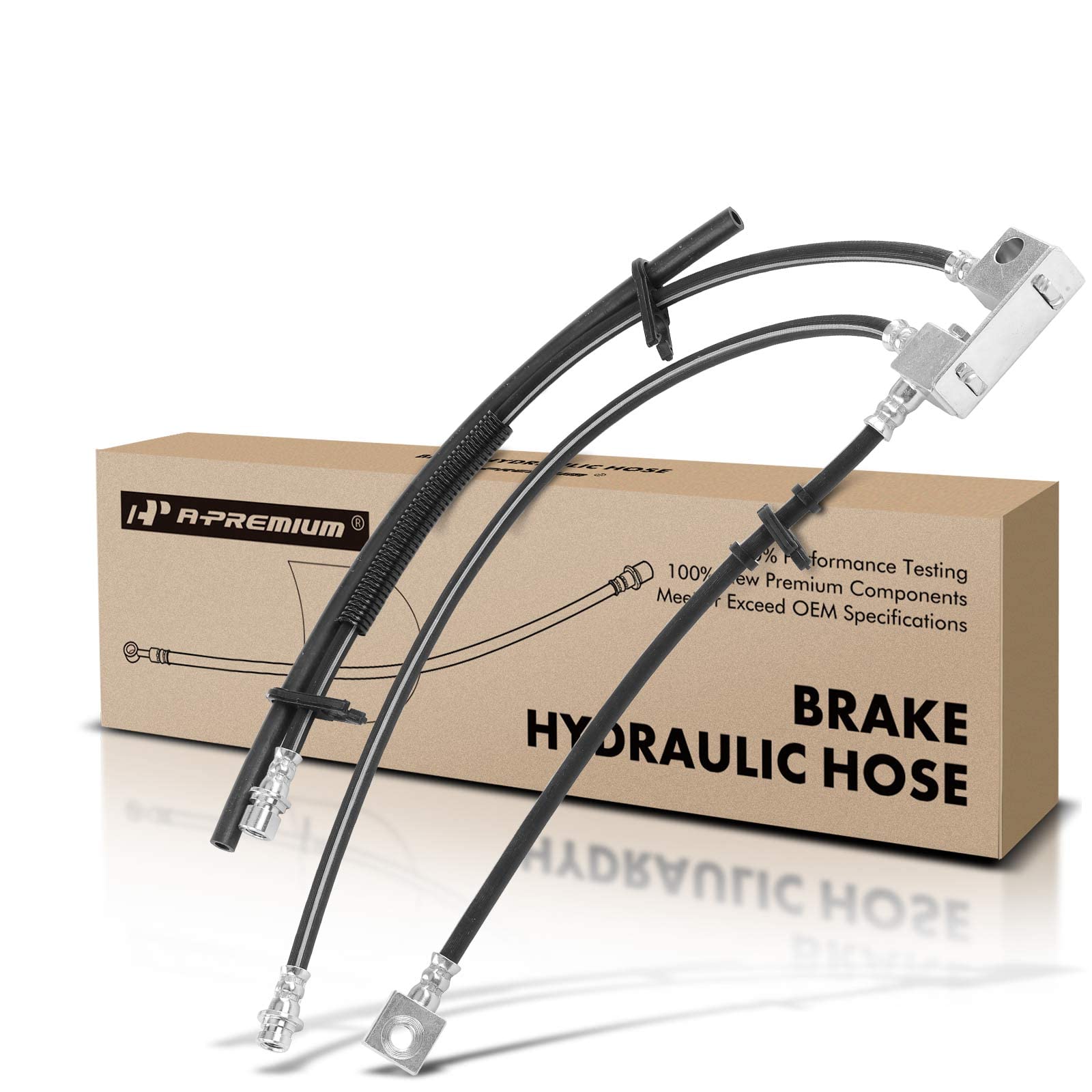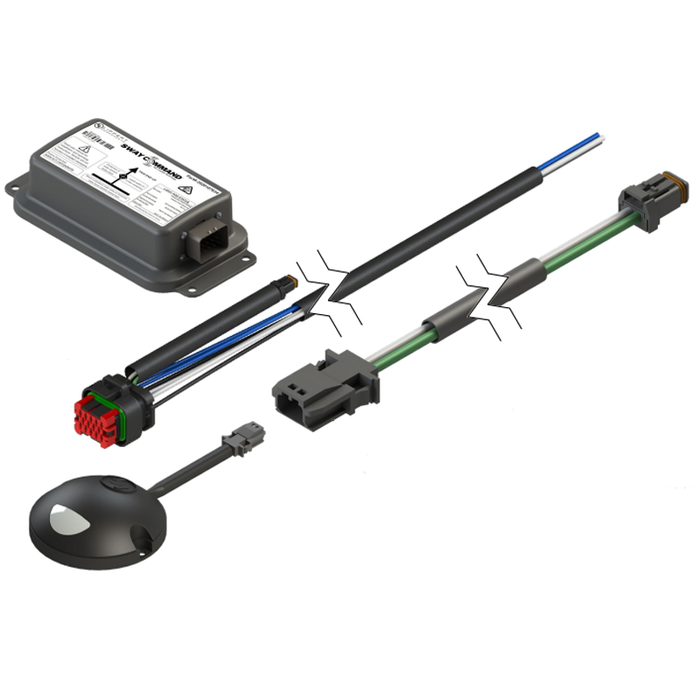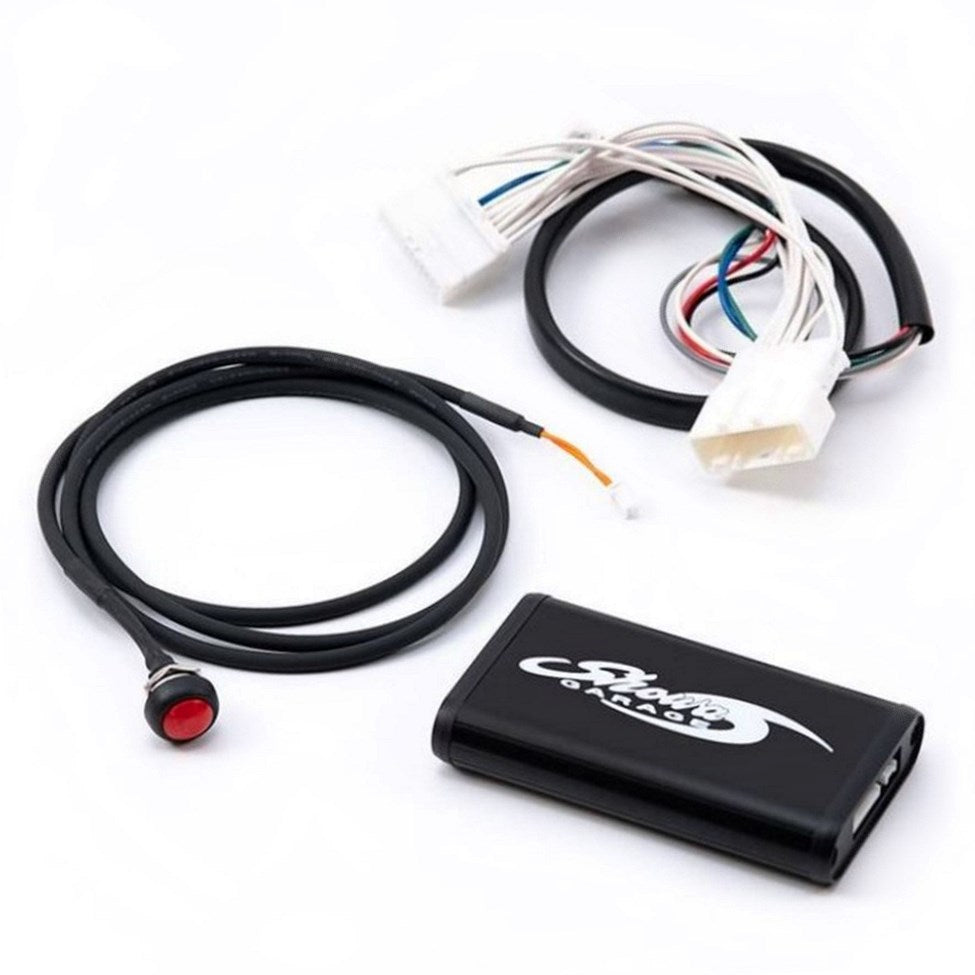Introduction to Electronic Stability Control (ESC)
Electronic Stability Control (ESC) is a vital feature in modern cars. It helps drivers maintain control during difficult situations. ESC monitors the car’s performance and steps in when it detects a potential loss of stability. This smart technology can guide the vehicle back on track, often before the driver realizes there’s a problem.
The Role of ESC in Vehicle Safety
ESC plays a crucial role in vehicle safety. It detects when a vehicle deviates from the driver’s intended path. In these moments, the ESC system can reduce the risk of rollovers and crashes. It does so by selectively applying the brakes on individual wheels. This quick response can correct the vehicle’s direction and stabilize it. Many accidents happen when cars spin out or veer off the road. ESC works to prevent these situations, keeping passengers safer on the road.
Keywords like ‘rollovers’, ‘crashes’, and ‘vehicle safety’ reflect ESC’s importance. A vehicle with ESC is less likely to have an accident, which is why it is now a standard feature.
Evolution of ESC in the Automotive Industry
The ESC system has not always been a common feature in vehicles. It began as a premium offering in high-end cars. Over time, as its benefits became clear, regulators took notice. Since September 1, 2011, all new cars must come equipped with ESC as a standard feature. This requirement underscores the system’s effectiveness in improving road safety.
Over the years, manufacturers have continuously improved ESC technology. These enhancements make the systems more responsive and precise. Now, with ESC as an industry standard, driving is safer for everyone on the road. Car buyers now expect and appreciate the inclusion of ESC in their vehicles. The evolution of ESC marks significant progress in automotive safety innovation.
How Does ESC Work?
Electronic Stability Control (ESC) is an advanced driver aid system. It helps to keep a vehicle on its intended path during critical situations. But how does it function? Let’s break down the components and processes that make ESC work effectively in modern vehicles.
Sensors and Mechanisms Behind ESC
The heart of ESC lies in its network of sensors. These sensors constantly monitor factors like wheel speed, steering angle, and lateral acceleration. When they detect a mismatch between the driver’s actions and the vehicle’s direction, ESC springs into action. It uses these readings to judge if the vehicle is losing stability.
ESC mechanisms may use the brakes on individual wheels to correct the course. By doing so, it can bring the car back in line with the driver’s intended direction. This happens very quickly, often without the driver noticing. The system is designed to be unobtrusive but effective, stepping in only when necessary.
Interaction of ESC with ABS and Traction Control
ESC doesn’t work alone. It cooperates closely with the Anti-lock Braking System (ABS) and Traction Control (TC). ABS prevents the wheels from locking up during hard braking. This allows for steering control even in an emergency stop. Traction Control minimizes wheel spin during acceleration. This is crucial on slippery surfaces.
Together, these systems form a safety trio. ESC adjusts the car’s trajectory, ABS maintains steering response during hard braking, and TC keeps the wheels gripping the road when accelerating. This collaboration is vital for keeping the car stable and on-course. Remember, a well-maintained car ensures that these systems work in harmony. This keeps the benefits of ESC fully operational for safer driving experiences.
Benefits of ESC
Reducing Risks of Rollovers and Crashes
Electronic Stability Control (ESC) greatly lowers the dangers of driving mishaps. Its mechanisms detect when a vehicle starts to spin out or plow out. It then activates to avoid potential rollovers, a serious vehicle crash type. ESC steps in by adjusting the speed and selectively braking wheels, helping your car stay on track. Faster responses from ESC mean you’re less likely to veer off the road or flip over, especially in slippery conditions.
Driving safety increases with ESC. You should take turns slowly, brake sooner on wet roads, and ensure your car’s Anti-lock Braking System (ABS) works well. With ESC, the threat of a rollover is substantially reduced. Remember, well-maintained brakes enhance ESC effectiveness.
ESC’s Impact on Accident Statistics
The significance of ESC is measurable—it impacts accident stats sharply. When cars have ESC, the likelihood of fatal crashes drops notably. In fact, cars outfitted with ESC are 25% less prone to fatal accidents. The system can also cut down vehicle skid or overturn events by up to 59%. This underscores its vital role in road safety.
Remember, ESC is no replacement for safe driving habits, but it adds a layer of security. Make sure to keep your tires in good shape and properly inflated for ESC to work best. Avoiding fast or sudden moves on the road is still crucial. With ESC, your driving becomes safer, but caution on the road is key.
Limitations of ESC
Situations Where ESC May Not Prevent Accidents
Electronic Stability Control (ESC) boosts safety but has limits. It can’t stop all accidents. Speeding and physics can still cause loss of vehicle control. If a car takes turns too quickly, even ESC can’t prevent a spin out. It also can’t help much if tires are worn or road conditions are extreme. Always remember that ESC can assist your driving, but it cannot overcome reckless behavior or extreme situations. It’s a helpful tool, not a guarantee of safety.
Importance of Responsible Driving Alongside ESC
Safe driving practices must pair with Electronic Stability Control (ESC). Keeping a safe speed and distance from other cars is vital. Abrupt maneuvers on the road reduce ESC’s ability to help. Properly maintaining your car, like the brakes and tires, supports ESC performance. By driving responsibly and keeping your vehicle in good condition, you make the most of what ESC offers, ensuring a safer driving experience for yourself and others on the road.
Troubleshooting ESC Issues
Understanding when your Electronic Stability Control (ESC) system may be experiencing issues is essential for maintaining vehicle safety. Here are some common indicators that could suggest your ESC system is malfunctioning.
Common Signs of ESC Malfunctions
There are several signs that your ESC system might not be working correctly:
- The ESC warning light on your dashboard stays illuminated.
- You notice a lack of responsiveness or stability during driving, especially when turning sharply.
- The car seems to slide or skid during normal driving conditions.
- Braking behavior feels unusual or inconsistent.
These signs warrant immediate attention to avoid potential dangers on the road.
What the ESC Warning Light Indicates
The ESC warning light is a clear signal that something might be wrong. Here’s what you should know about this important dashboard indicator:
- The light resembles a car with skid marks and comes on when there’s a problem.
- A continuously lit ESC light suggests a system issue, meaning the ESC may be disabled.
- Causes can vary from sensor malfunctions to problems with the car’s braking or computer systems.
If you see the ESC warning light, it’s critical to consult a qualified mechanic as soon as possible. Driving with a compromised ESC system can significantly raise the risk of an accident, particularly under challenging driving conditions where ESC’s stability assistance is most needed.
Maintaining Your ESC System
Ensuring your Electronic Stability Control (ESC) system functions correctly is crucial for safe driving. Regular maintenance is key to your ESC’s performance and, ultimately, your safety on the road.
When to Seek Service for ESC
It’s important to watch for warning signs that suggest your ESC may need servicing. If the ESC light on your dashboard is lit, this is a clear indication. Other signs include unusual car sliding, less responsive steering, or inconsistent braking. These symptoms mean a mechanic’s visit is essential.
You don’t need specific intervals for ESC checks, but keep it in mind during regular vehicle maintenance. If the ‘service required’ message pops up, take action. A range of issues can trigger this, so professional diagnostics are necessary.
Keeping ESC Effective Through Vehicle Maintenance
To keep ESC in top shape, focus on overall vehicle care. This includes ensuring your brakes are not worn and keeping your tires at the correct pressure and condition. Both ABS and ESC depend on these basics to work properly.
Drive responsibly to minimize ESC’s workload. Safe speeds and smooth driving reduce the need for ESC intervention. And remember, while ESC adds a layer of safety, it can’t replace good driving habits. Staying on top of maintenance helps maintain the effectiveness of your ESC system.
Proper care ensures your ESC is reliable when you need it most. A well-maintained car stays more stable and secure on the roads. Ultimately, ESC is like a safety net – best when unneeded but invaluable when called into action.
ESC Across Different Car Manufacturers
Understanding Varied ESC Systems in the Market
Car makers often have their own names for Electronic Stability Control (ESC). This can make it tricky for shoppers to compare cars. ESC might be called Dynamic Stability Control (DSC) or Vehicle Stability Control (VSC). Yet, despite these different names, the goal remains the same: to keep the car stable. No matter the brand, if a car has ESC (or a similar system), it is designed to monitor the car’s stability and act when needed to prevent loss of control.
When exploring car options, remember that various ESC systems might have slight differences. Some systems are more advanced and react faster. Others may be tuned for specific types of vehicles, like sports cars or SUVs. It’s key to understand that all ESC systems strive to improve safety. They just do it in slightly different ways depending on the manufacturer.
Industry Standards for ESC in New Cars
Since 2011, all new cars must come with ESC. This change reflects how crucial ESC has become for safety. It means that no matter what new car you buy, it should have some version of ESC. This standard has led to fewer rollovers and crashes, saving lives. The requirement for ESC is a big step towards safer roads for everyone.
The push for standard ESC came from its proven success in preventing accidents. Data shows that cars with ESC result in fewer crash-related deaths. Car buyers can now feel extra secure, knowing ESC is watching over their journey.
Remember, while ESC is standard, driving safely is still up to you. Combining ESC with careful driving is the best way to stay safe on the roads.












